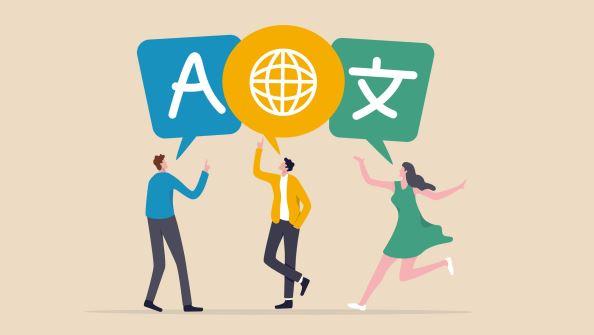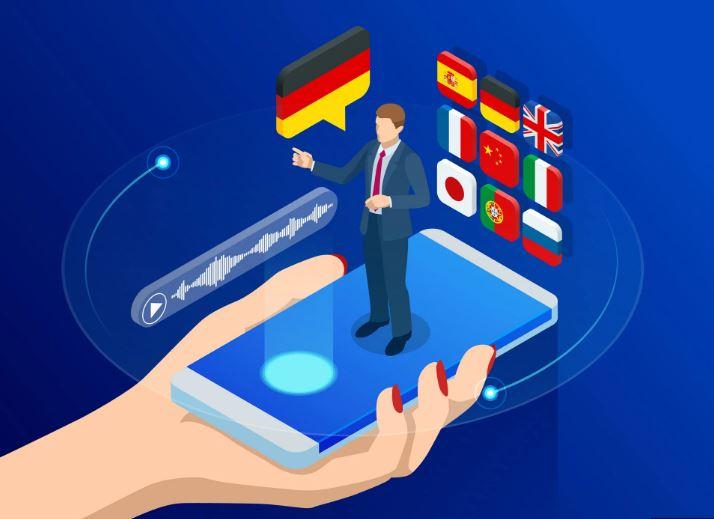Technology has significantly contributed to improving pharmaceutical translation procedures, enhancing accuracy, efficiency, and consistency while ensuring compliance with stringent regulatory standards. Here’s how technology is reshaping pharmaceutical translation:
1. Translation Memory Systems (TMS)
- Efficiency and Consistency: TMS stores previously translated segments, which can be reused in future translations. This not only speeds up the translation process but also ensures consistency across documents, a critical factor in pharmaceutical translations.
- Cost Reduction: By reusing previous translations, companies can reduce the cost associated with translating new documents, especially useful for large-scale or ongoing pharmaceutical projects.
2. Terminology Management Tools
- Standardized Terminology: These tools help create and manage comprehensive glossaries of standardized terms specific to the pharmaceutical industry, ensuring that translations are accurate and consistent across all documents.
- Enhanced Quality: Consistent use of correct terminology is crucial for regulatory approval and patient safety. Terminology management tools help maintain standard pharmaceutical translation services by reducing the risk of errors.

3. Machine Translation (MT) with Post-Editing
- Rapid First Drafts: MT can provide quick translations of large volumes of text. While not always perfectly accurate, especially with complex technical material, it serves as a useful starting point.
- Human Expertise: The output from MT is then refined by human translators who correct errors and ensure the translation meets the high standards required for pharmaceutical documents. This combination of machine speed and human expertise enhances productivity.
4. Collaboration Platforms
- Streamlined Workflow: Online collaboration tools facilitate communication and coordination among translation teams, project managers, and clients, making it easier to manage complex pharmaceutical translation projects.
- Real-Time Updates: Stakeholders can receive real-time updates on the progress of translation projects, enhancing transparency and enabling timely adjustments.
Know more: https://www.tridindia.com/blog/importance-of-pharmaceutical-translation/
5. Regulatory Compliance Tools
- Automated Checks: Some software tools are designed to automatically check translations for compliance with specific regulatory standards, reducing the risk of non-compliance.
- Document Management: These tools help manage and track all versions of translated documents, ensuring that only the most current and compliant versions are used.
6. Quality Assurance Software
- Error Detection: Software that automatically reviews translations for potential errors, inconsistencies, or omissions, plays a crucial role in maintaining the high level of accuracy required in pharmaceutical translations.
- Validation and Verification: Technologies that facilitate the validation and verification processes, critical in pharmaceutical translations, help ensure that all translated materials are accurate and meet the required standards.

7. Future Prospects
- Continuous Improvement: As AI and machine learning technologies continue to evolve, we can expect further improvements in translation accuracy, efficiency, and personalization to specific pharmaceutical contexts.
- Integration and Automation: The future may see more integrated systems where translation tools are directly connected to content management systems, enabling even smoother workflows and faster turnaround times.
Technology’s contribution to pharmaceutical translation is transforming the field, making it more reliable, efficient, and capable of meeting the global demands of the pharmaceutical industry. However, the human element remains indispensable, especially for ensuring cultural appropriateness, regulatory compliance, and the nuanced understanding of complex medical texts.
Also read: Dissecting The Difficulties In Pharmaceutical Translation

